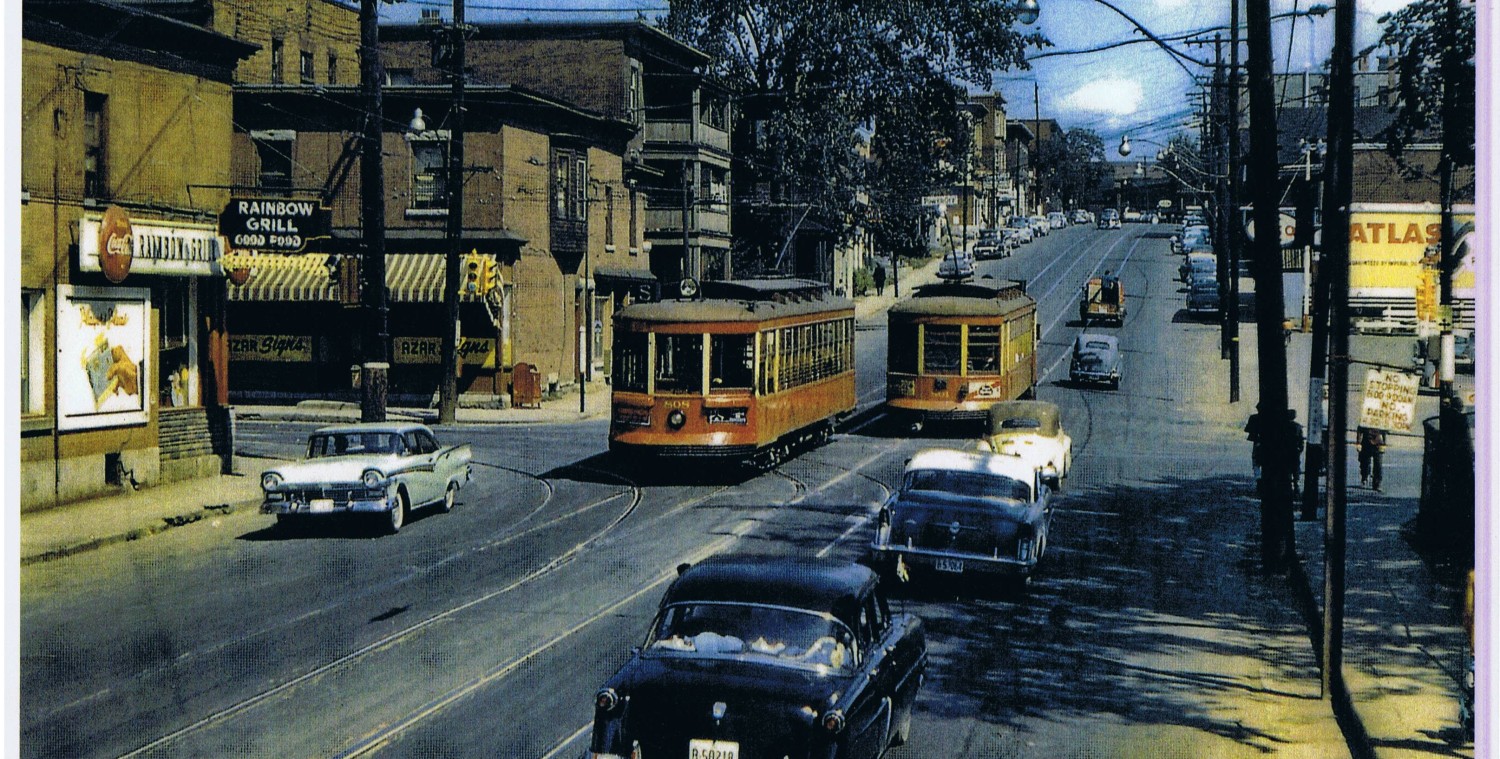Aluminum and plastic siding is too often used to hide deteriorating structures. (Trendier materials are sometimes used today, such as corrugated metal panels). Once hidden, are those walls and soffits protected from further weathering, or is the rot ongoing but unseen?
On Primrose, opposite St Vincent Hospital, is home somewhat lacking in curb appeal. For as long as I can remember, it was clad in aluminium siding, the wide stuff that was popular in the late 60’s. It is now being removed, revealing to my surprise, a brick façade underneath. A brick façade that is collapsing (foundation problems?):
I haven’t a clue what the owners are up to. But it is a lot of work, which means money is being spent, which leads me to hope that it will be an improved feature in the urban fabric once the work is done.
On the other hand, sometimes re-cladding is of dubious merit and hides the structure underneath. Consider the adjacent building that has been suffering for some time:
It now has its exterior plastic siding up all over. I couldn’t bear to reproduce the picture here.





Having just bought a home in the Civic Hospital area last fall, I can tell you that there definitely seems to be a lot of houses out there with problems hidden up by owners unwilling to make the proper investments in their homes. While most structures are surprisingly resilient and can withstand a lot of neglect, it does pose a risk to the supply of older housing stock in the city. As we’ve seen, once those structures are replaced, it’s usually with something that is not as sympathetic to the existing environment.
You should have rented the film “The Money Pit” from the mid 80s before buying an older home.
Also if the homeowner does not expose the foundations for the home inspector, don’t buy the house.